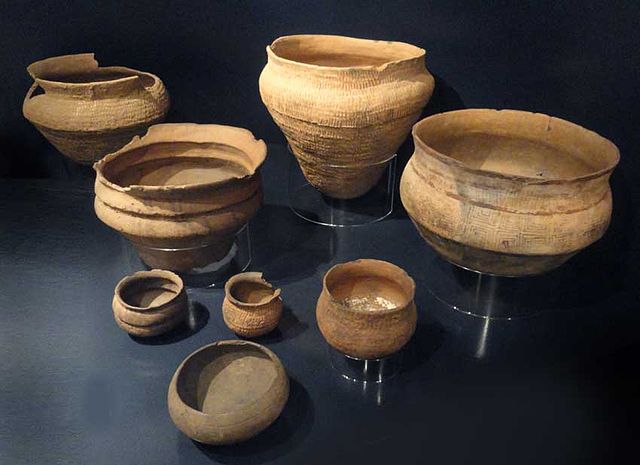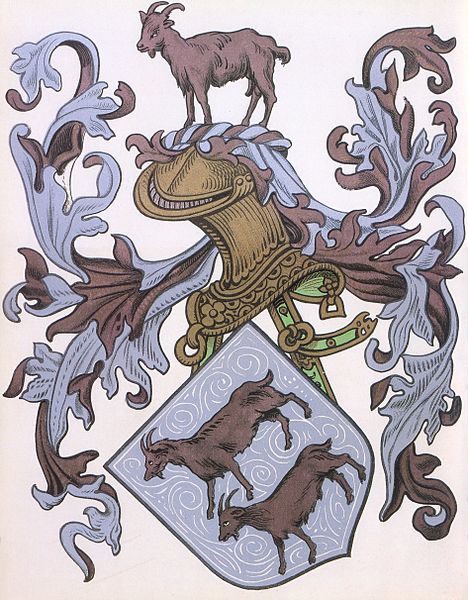Before the arrival of the Europeans, the lands that now constitute Brazil were occupied, fought over and settled by diverse tribes. Thus, the history of Brazil begins with the indigenous people in Brazil. The Portuguese arrived to the land that would become Brazil on April 22, 1500, commanded by Pedro Álvares Cabral, an explorer on his way to India under the sponsorship of the Kingdom of Portugal and the support of the Catholic Church.
Image: Cerâmica Tupi Guarani 5
Image: Indian Soldiers from the Coritiba Province Escorting Native Prisoners
Image: Slavery in Brazil, by Jean Baptiste Debret (1768 1848)
Image: Navio negreiro Rugendas 1830
Pedro Álvares Cabral was a Portuguese nobleman, military commander, navigator and explorer regarded as the European discoverer of Brazil. He was the first recorded human in history to ever be on four continents, uniting all of them in his famous voyage of 1500, where he also conducted the first substantial exploration of the northeast coast of South America and claimed it for Portugal. While details of Cabral's early life remain unclear, it is known that he came from a minor noble family and received a good education. He was appointed to head an expedition to India in 1500, following Vasco da Gama's newly opened route around Africa. The undertaking had the aim of returning with valuable spices and of establishing trade relations in India—bypassing the monopoly on the spice trade then in the hands of Arab, Turkish and Italian merchants. Although the previous expedition of Vasco da Gama to India, on its sea route, had recorded signs of land west of the southern Atlantic Ocean, Cabral led the first known expedition to have touched four continents: Europe, Africa, America, and Asia.
![Detail of an early 20th-century painting by Aurélio de Figueiredo [pt] depicting a 32- to 33-year old Cabral. No contemporary portraits of Cabral are](https://upload.wikimedia.org/wikipedia/commons/thumb/6/6a/Pedro_Alvares_Cabral.jpg/405px-Pedro_Alvares_Cabral.jpg)
Detail of an early 20th-century painting by Aurélio de Figueiredo [pt] depicting a 32- to 33-year old Cabral. No contemporary portraits of Cabral are known to exist.
The coat of arms of Cabral's family
Portuguese coin celebrating the 500th anniversary of Cabral's birth
The nau (carrack) was a type of vessel that was larger than a caravel but smaller than the later galleon. They were used in the voyages of Christopher Columbus, Vasco da Gama and Cabral.





![Detail of an early 20th-century painting by Aurélio de Figueiredo [pt] depicting a 32- to 33-year old Cabral. No contemporary portraits of Cabral are](https://upload.wikimedia.org/wikipedia/commons/thumb/6/6a/Pedro_Alvares_Cabral.jpg/405px-Pedro_Alvares_Cabral.jpg)


